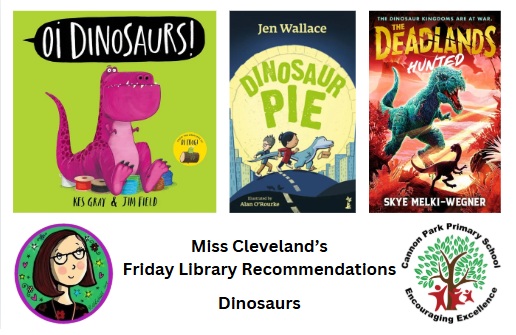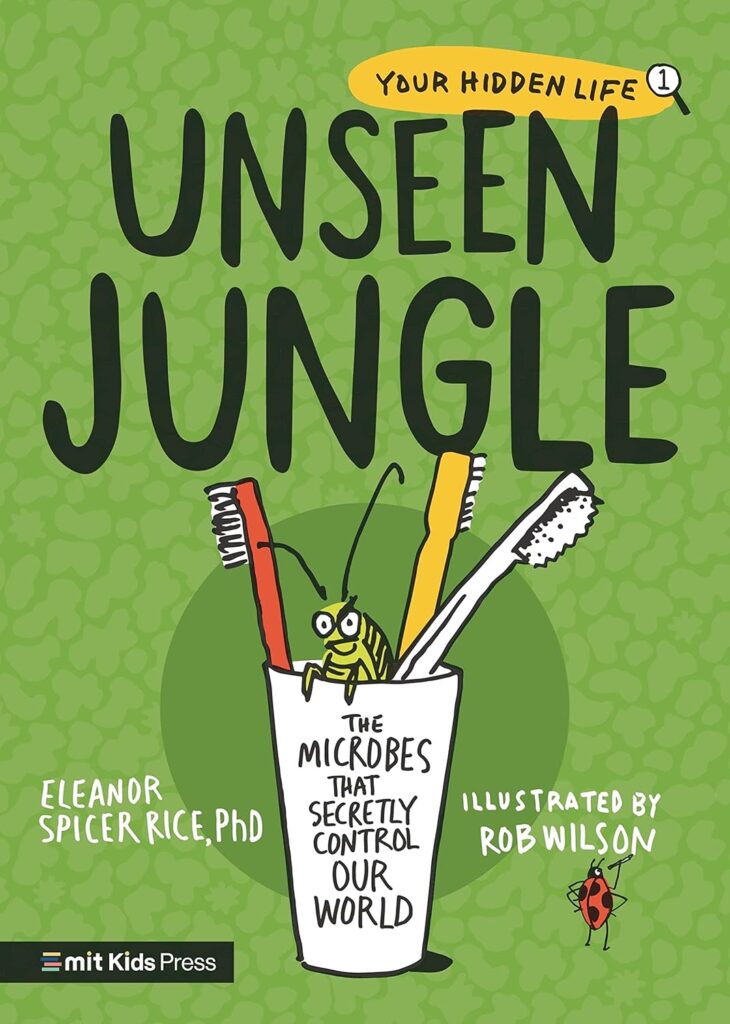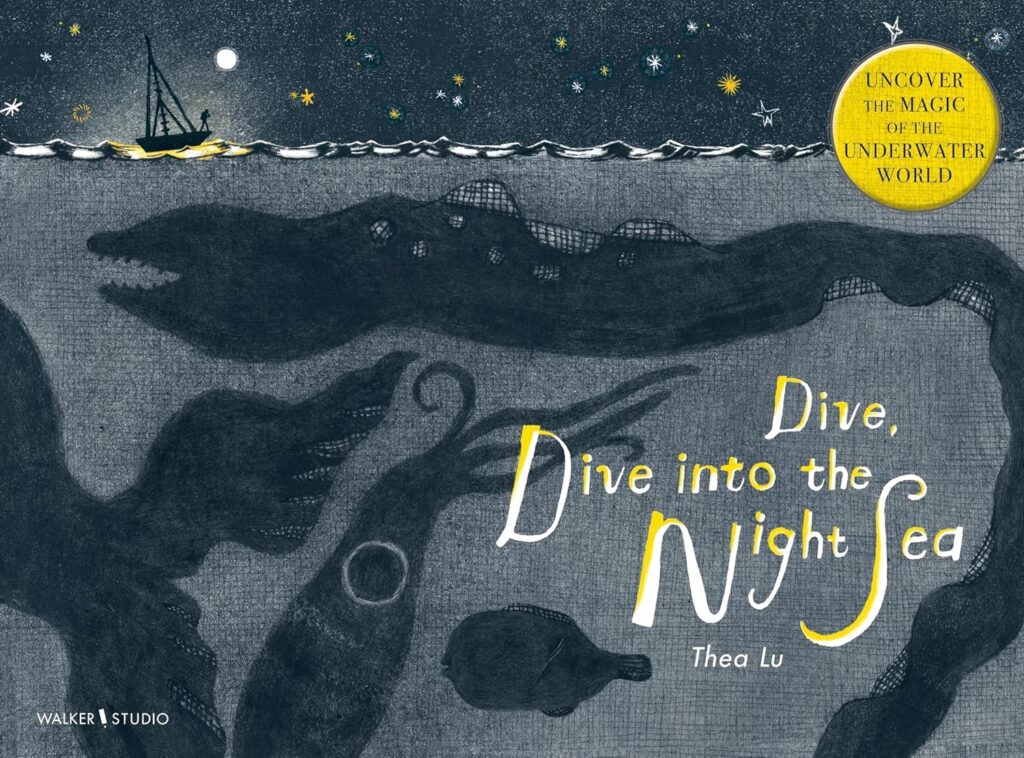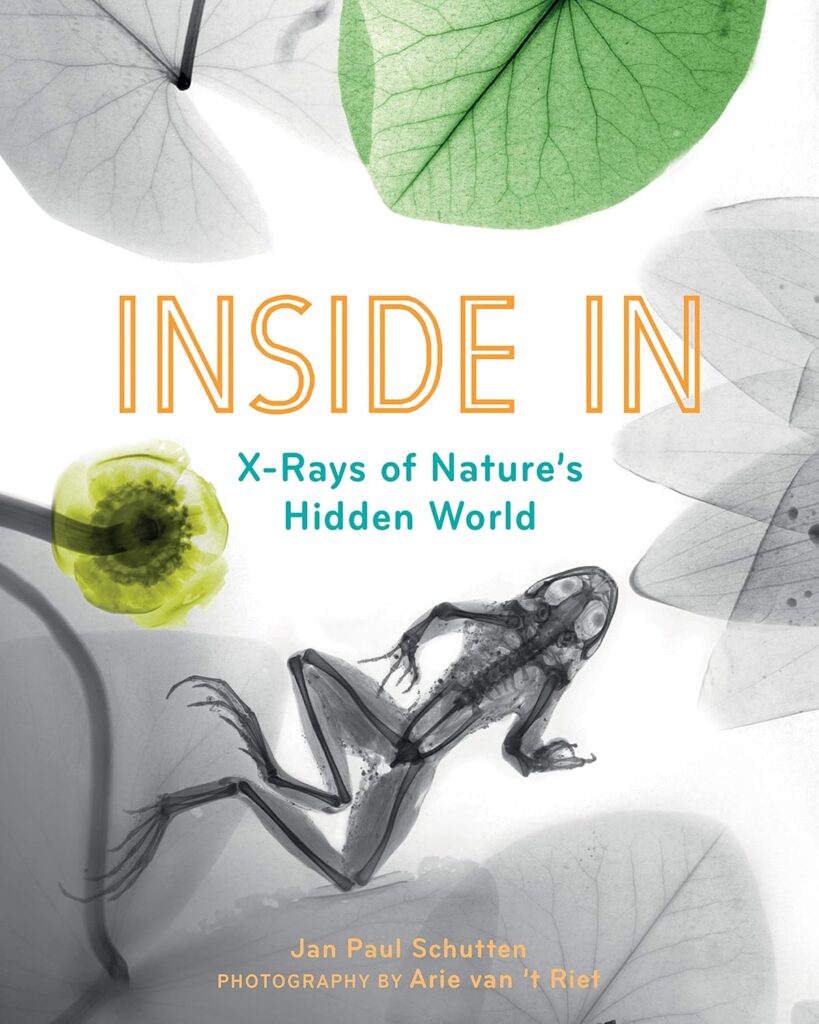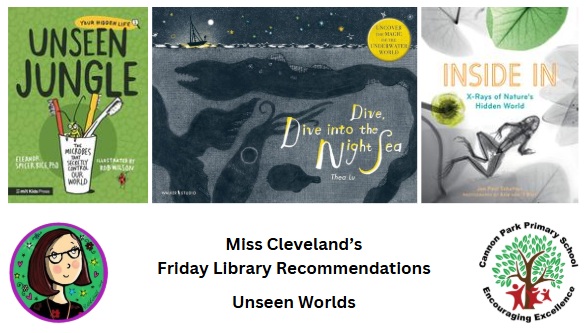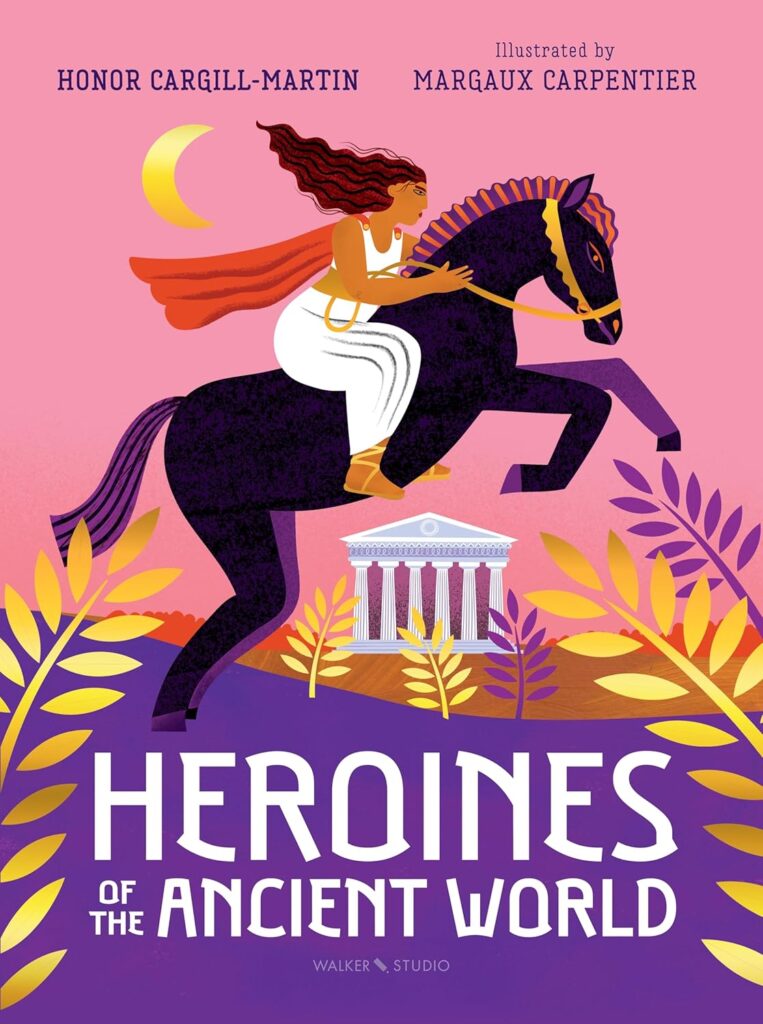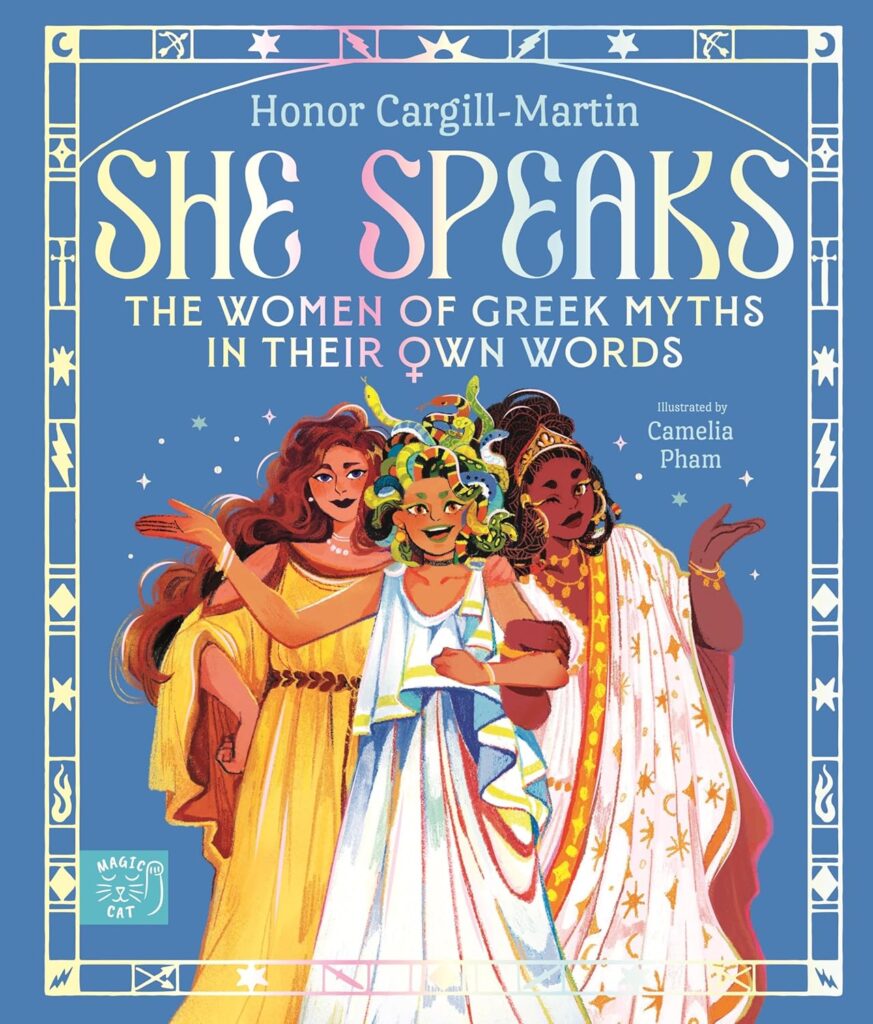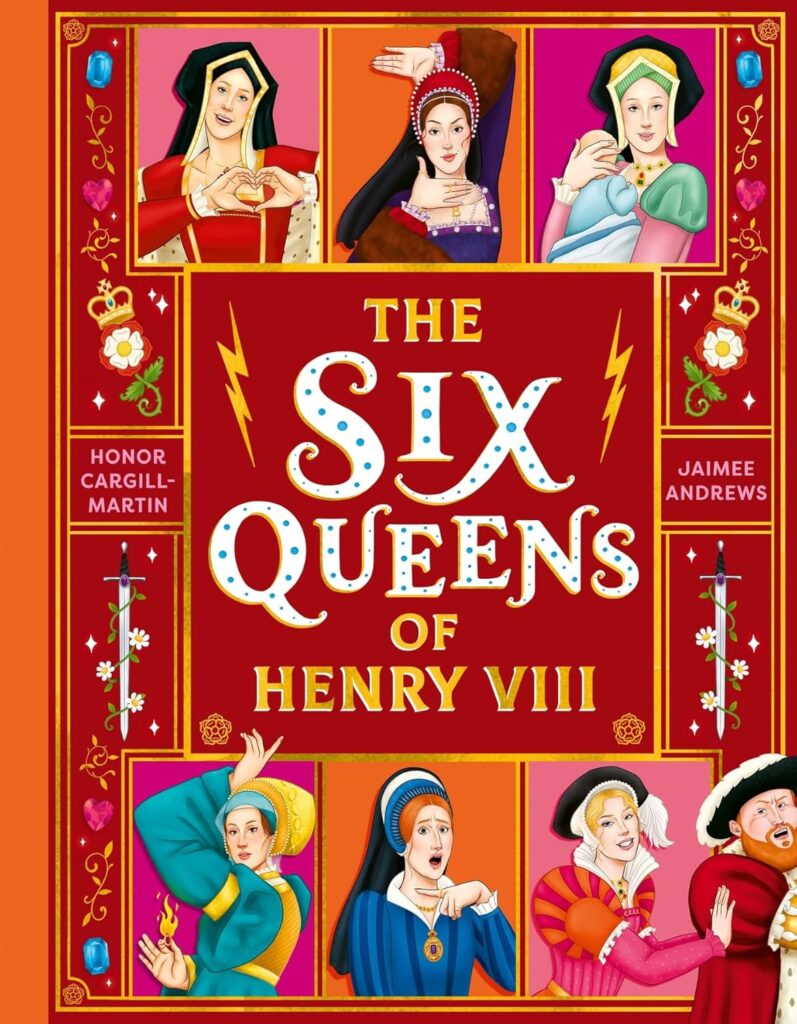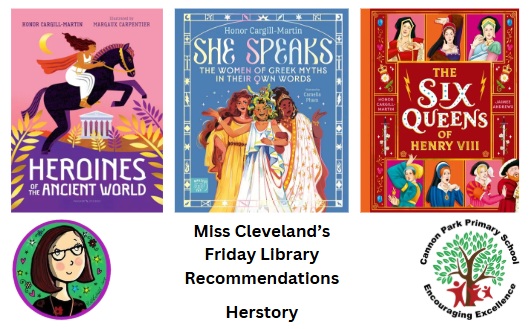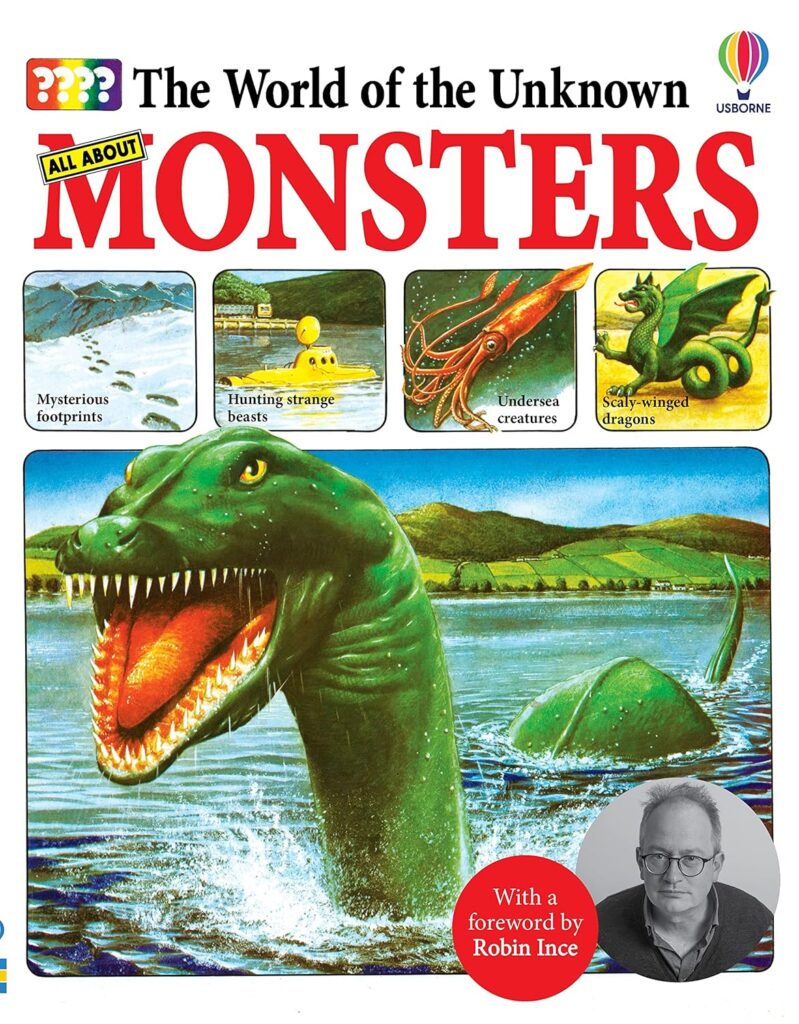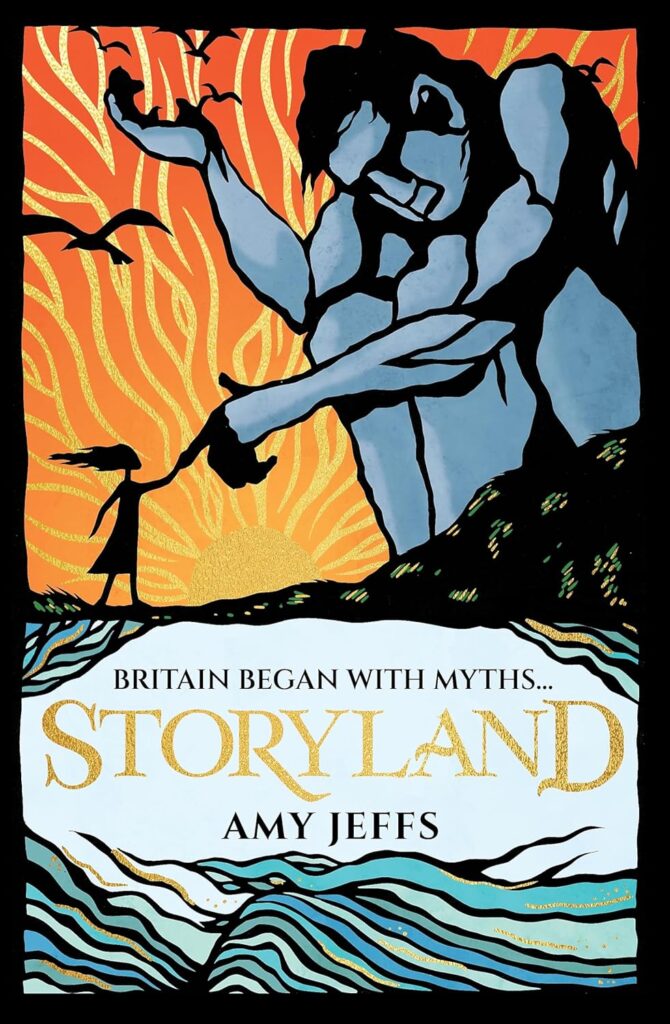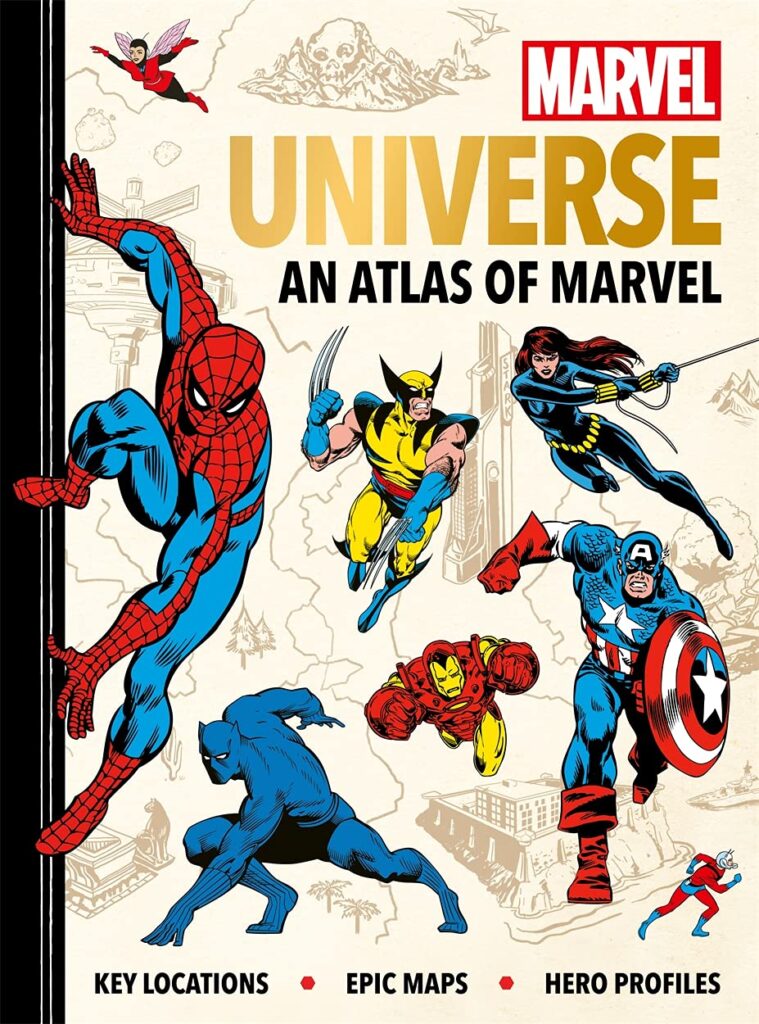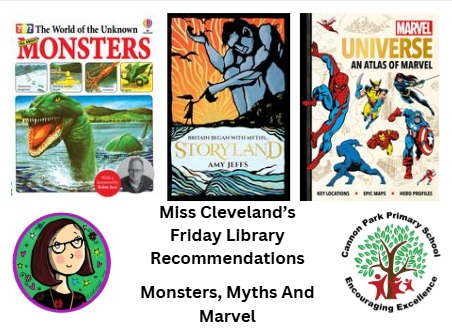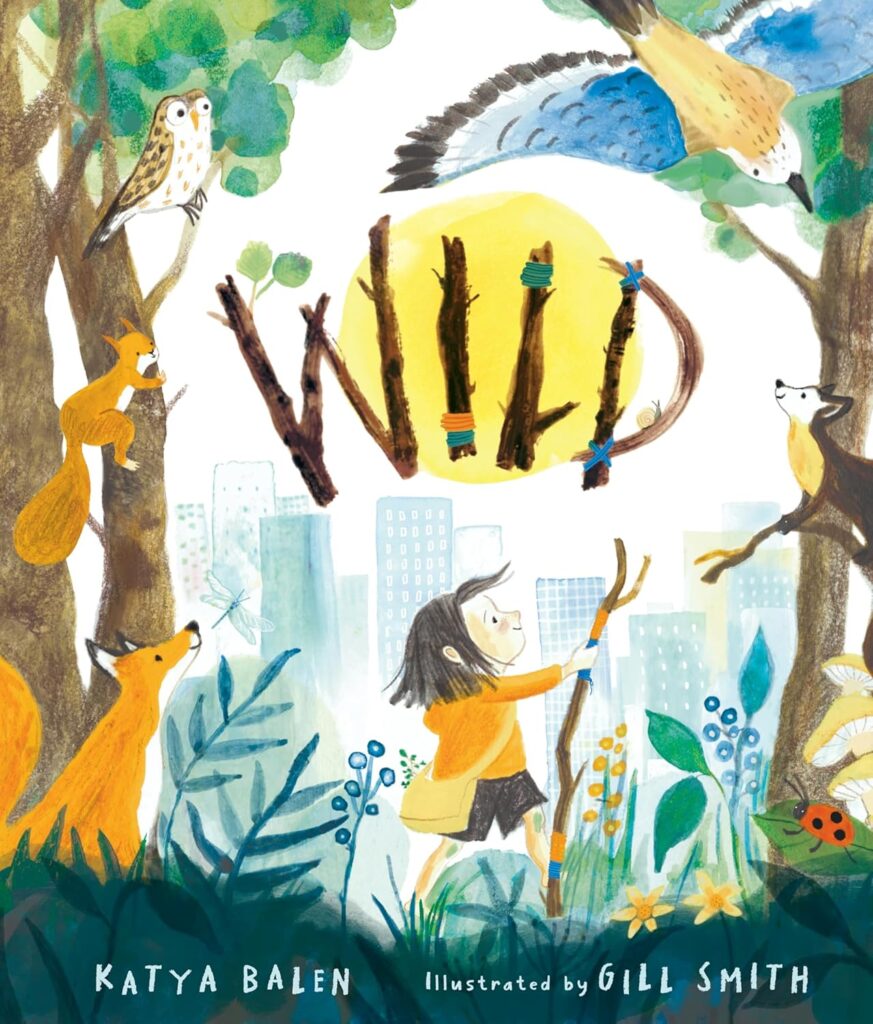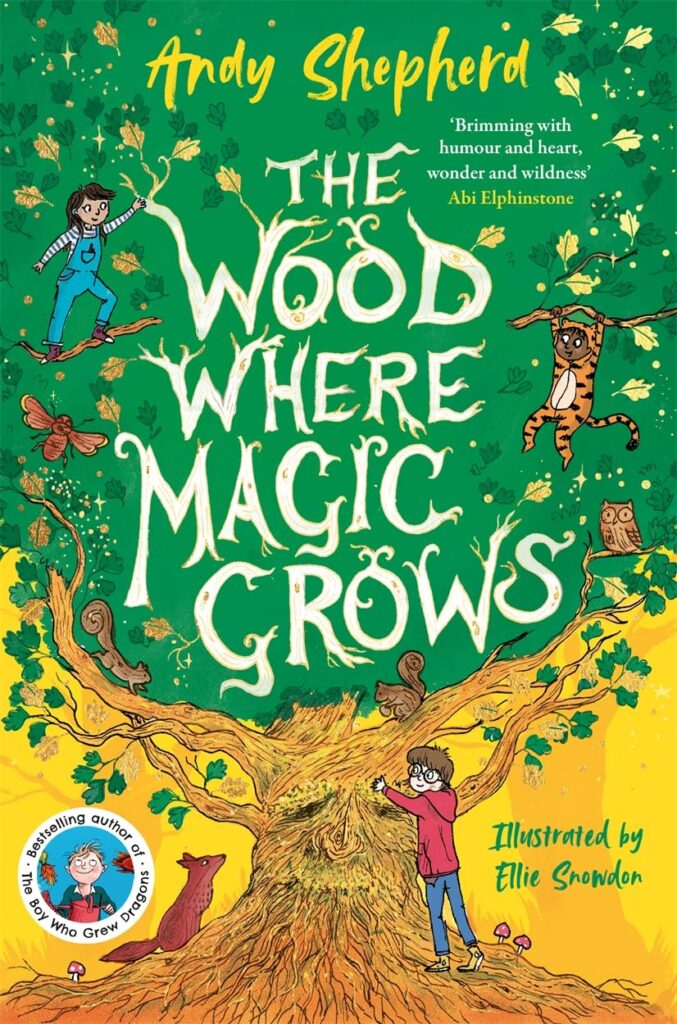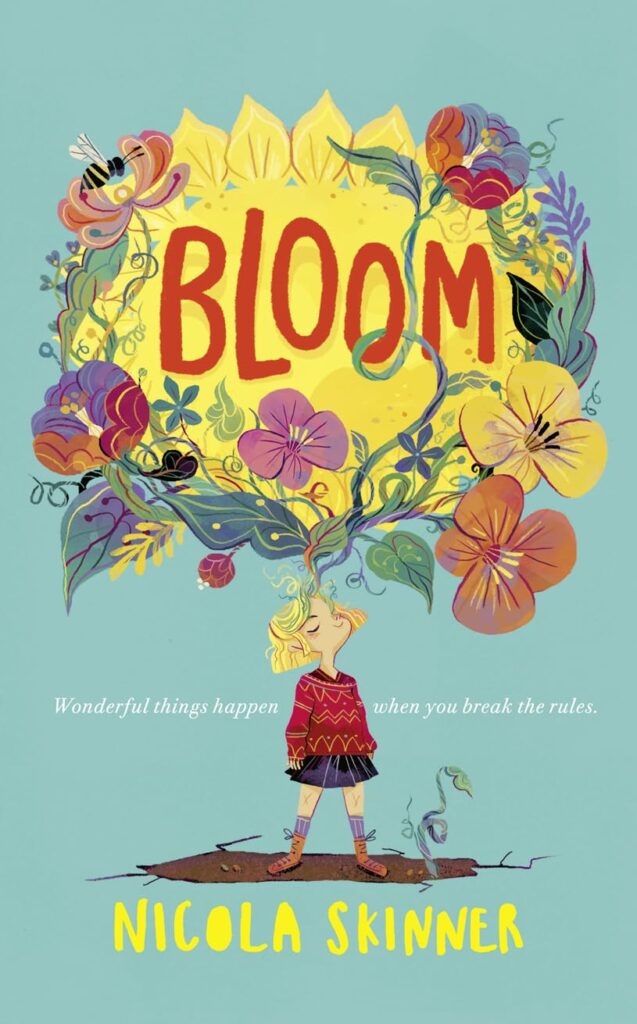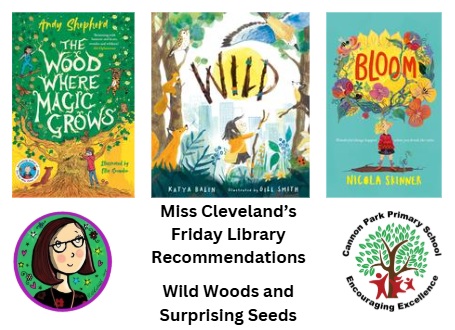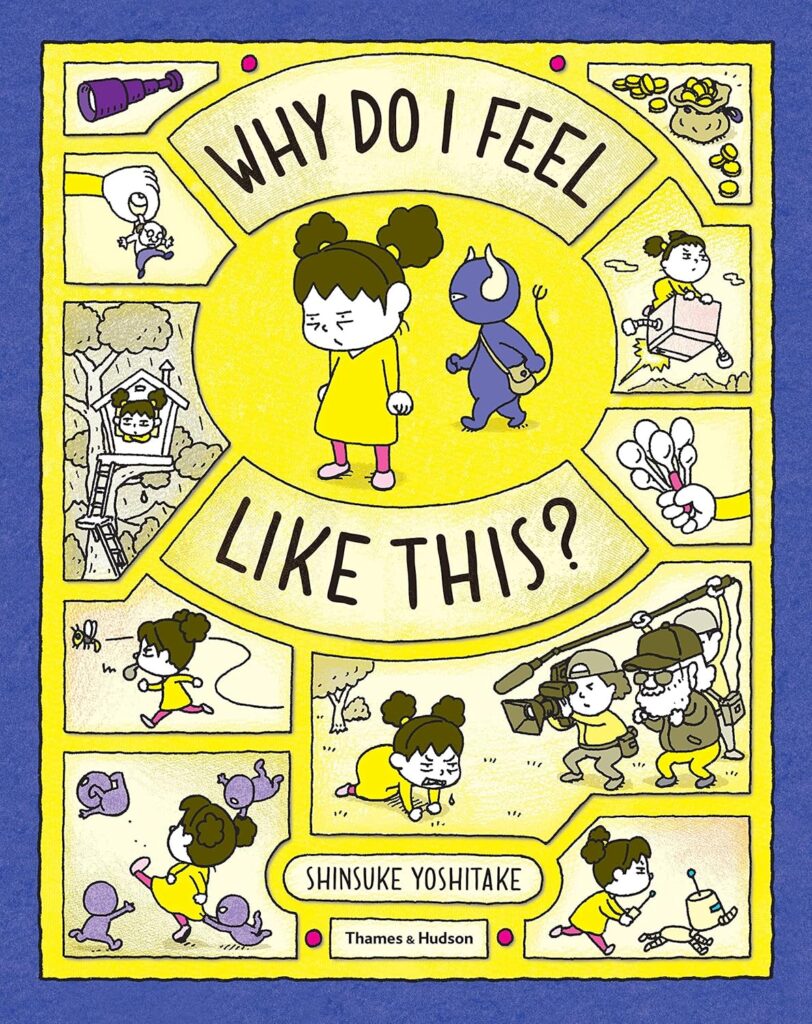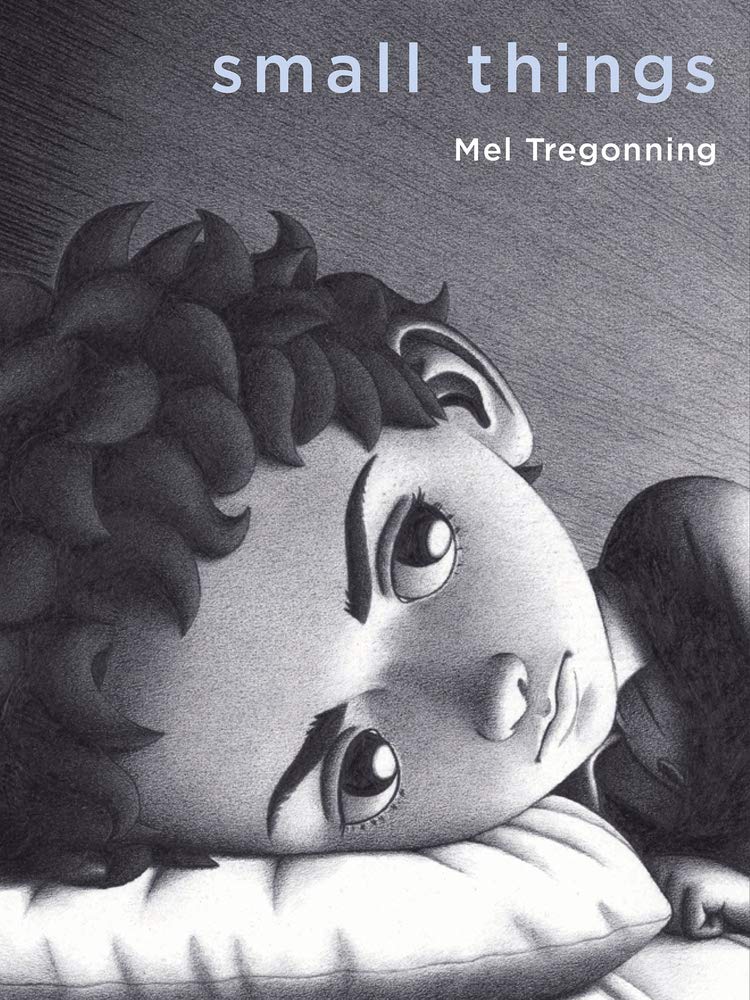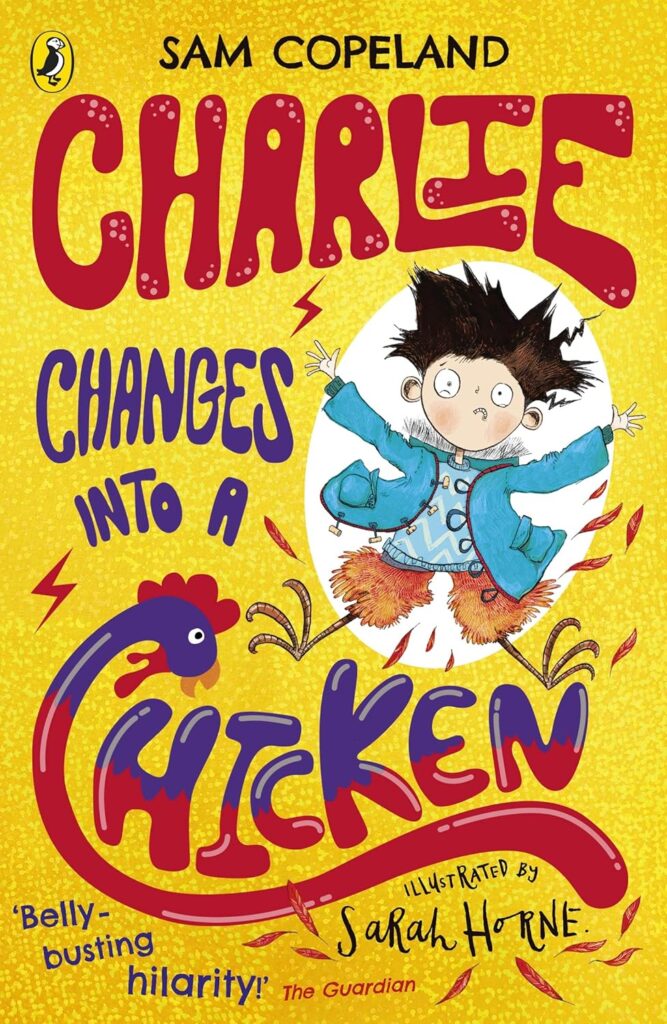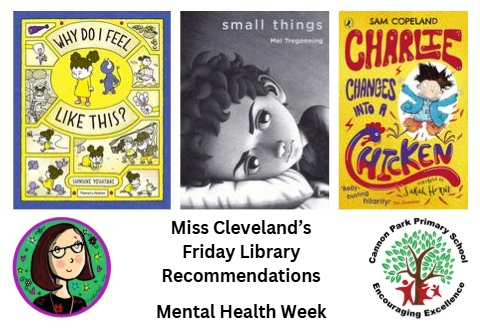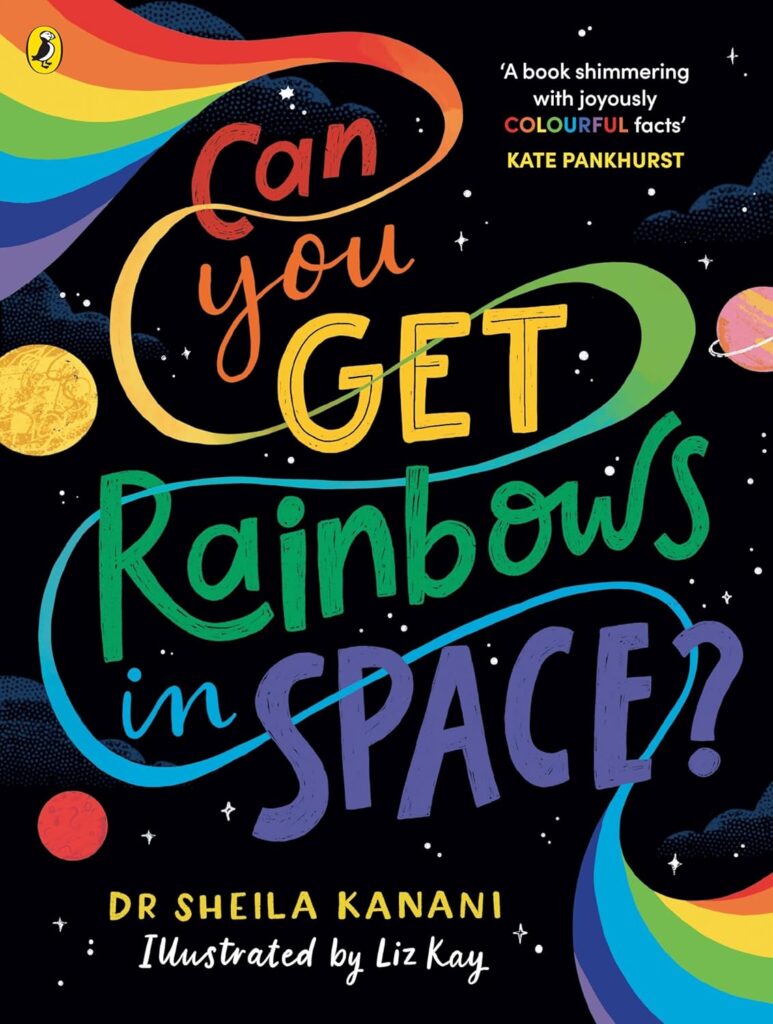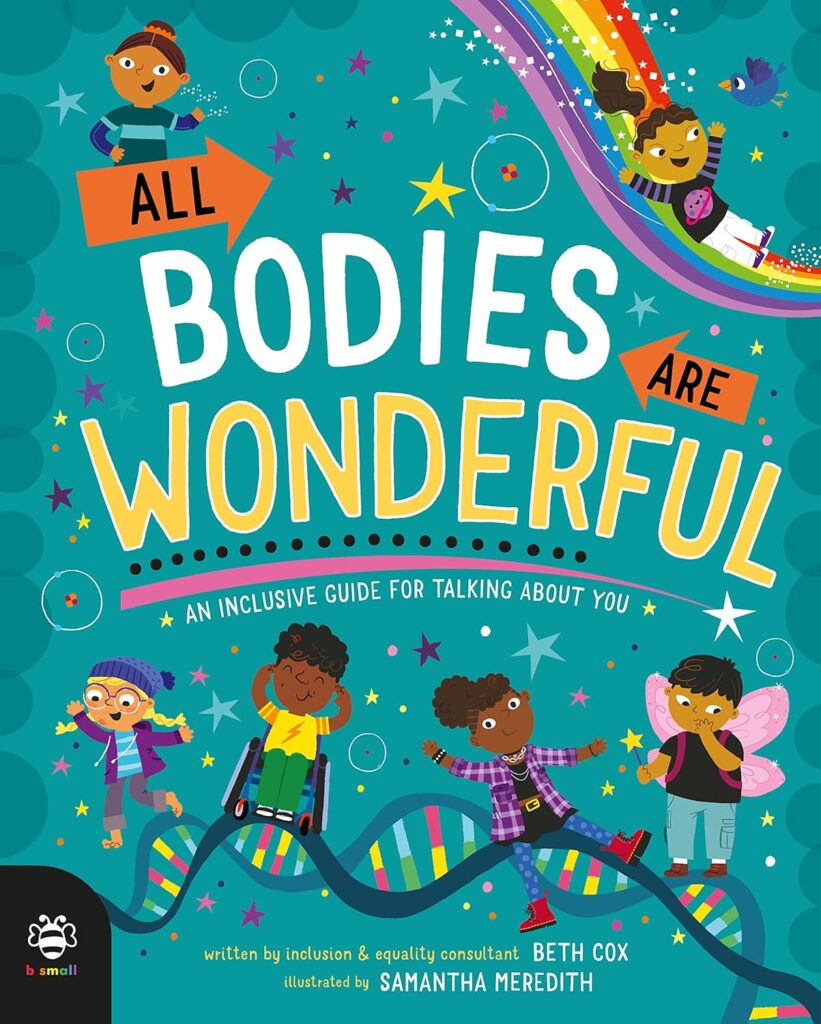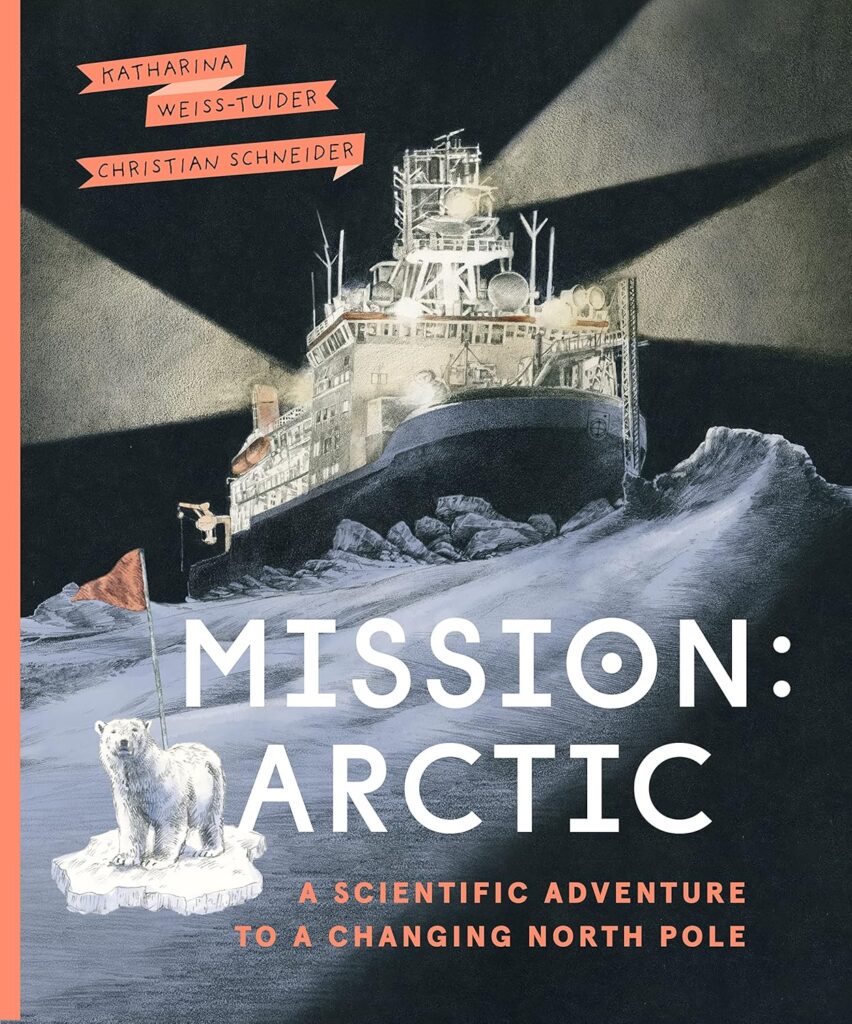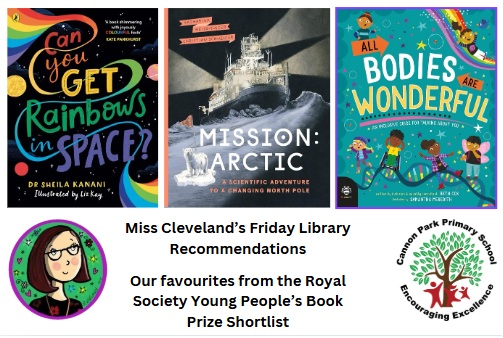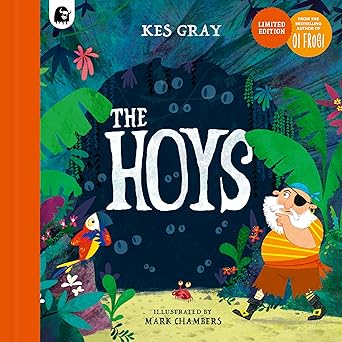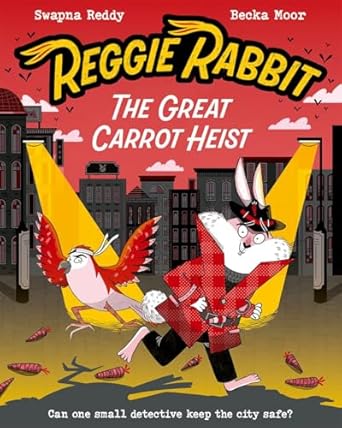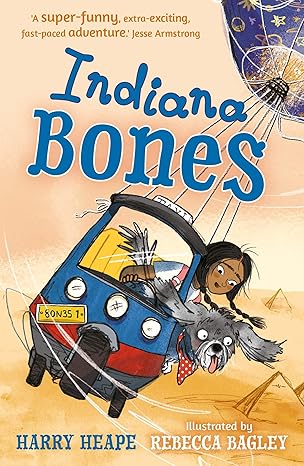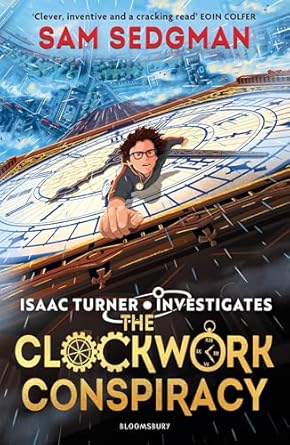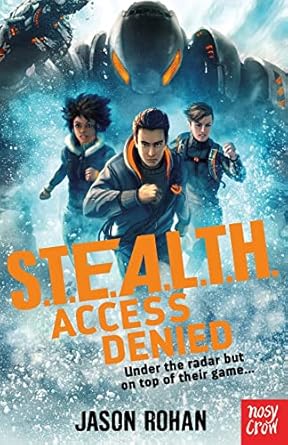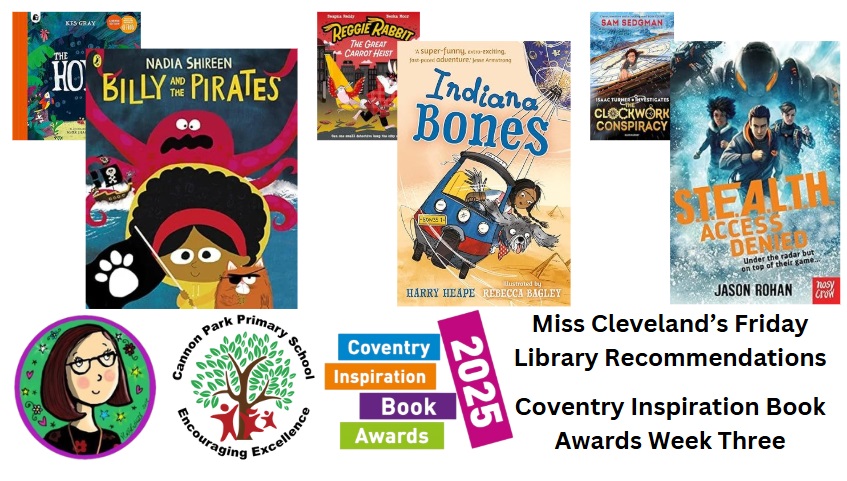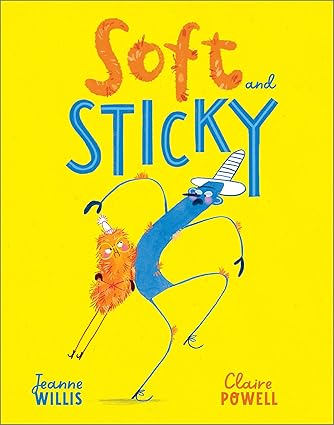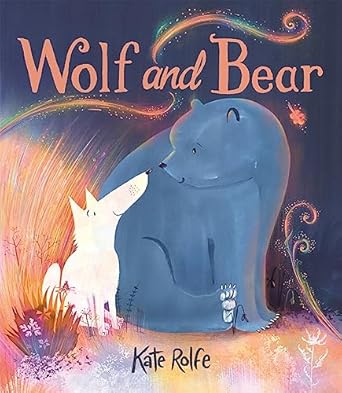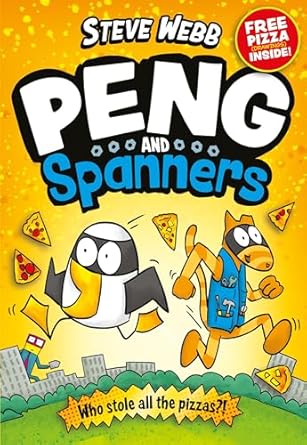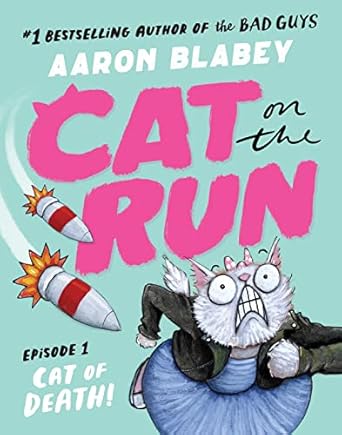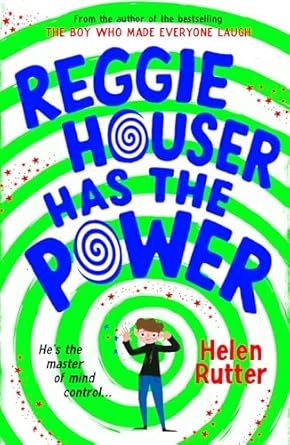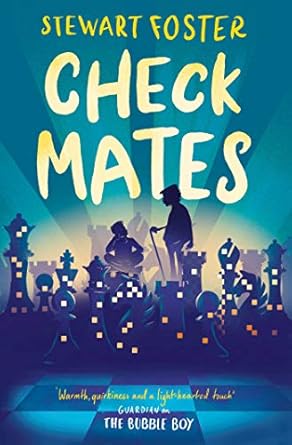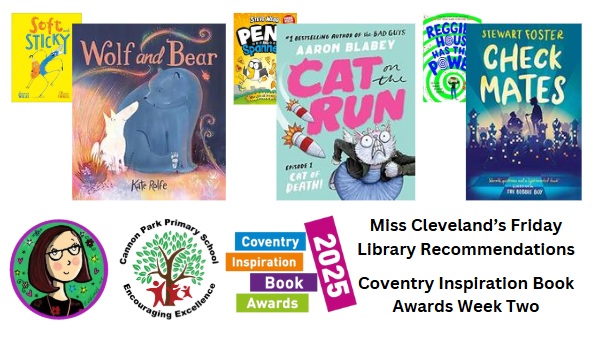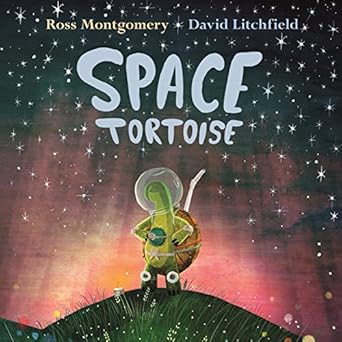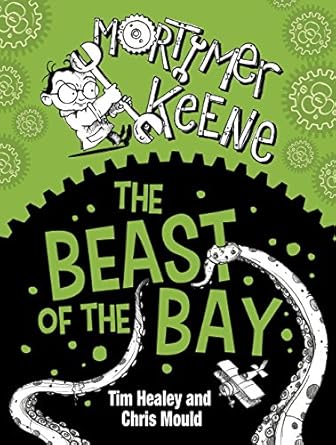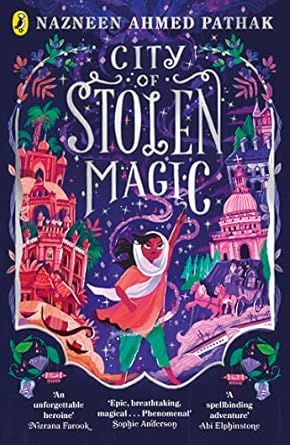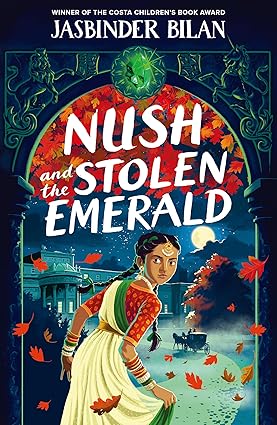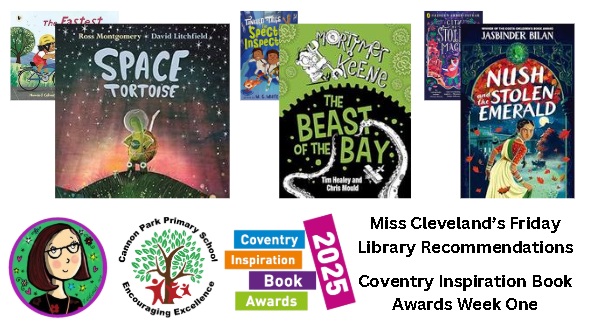Friday Library Recommendations: Dinosaurs
This week, Mr Young has chosen fiction books featuring Dinosaurs for as the theme for Friday Libraray Recommendations.
For our youngest readers, I’ve chosen the latest in Oi series, which never fails to make me laugh; Oi Dinosaurs! by Kes Gray & Jim Field
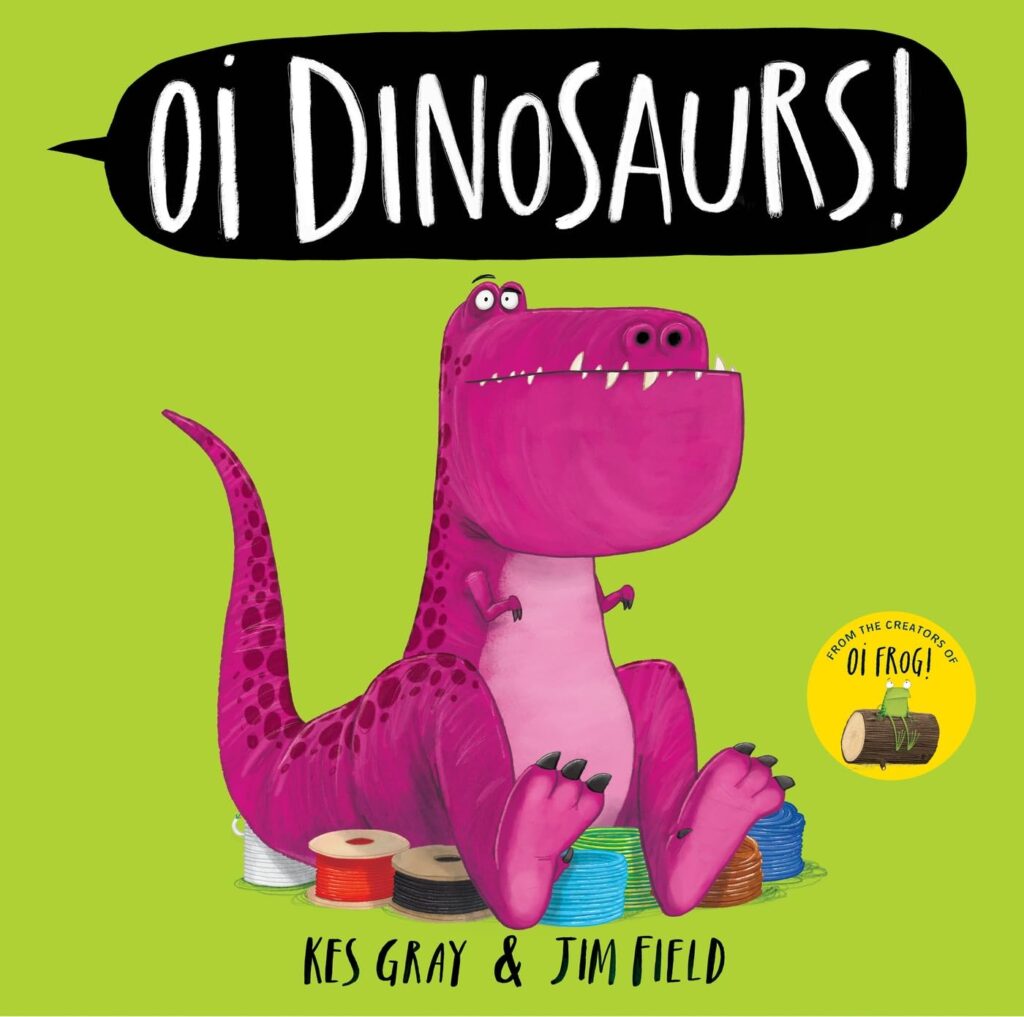
If love a good giggle, Oi Dinosaurs! is sure to be a hit at story time. The latest instalment in the wildly popular Oi Frog and Friends series, this new title by Kes Gray and illustrator Jim Field brings the same clever rhyming, quirky humour, and bold illustrations that have made the series a firm favourite in households and classrooms across the UK, and there was no way I couldn’t include it this week.
This time, Frog, Cat and Dog travel back to the time of the dinosaurs or, as Frog believes, a time before sitting had been invented! What follows is a wonderfully silly exploration of what dinosaurs didn’t sit on. Expect laugh-out-loud pairings like pterosaurs and bendy straws, velociraptors and plug adaptors, and triceratops and lollipops, all delivered in bouncing rhyme and accompanied by Jim’s brilliantly expressive artwork.
Beyond the humour, Oi Dinosaurs! is a great opportunity to play with language. The rhyming structure supports early literacy skills, while the inventive wordplay encourages readers to make up their own silly rhymes. Grown ups will enjoy the chance to join in and laugh along too, making this an ideal choice for reading aloud.
My next choice is a hilariously heartwarming book called Dinosaur Pie by Jen Wallace, illustrated by Alan O’Rourke
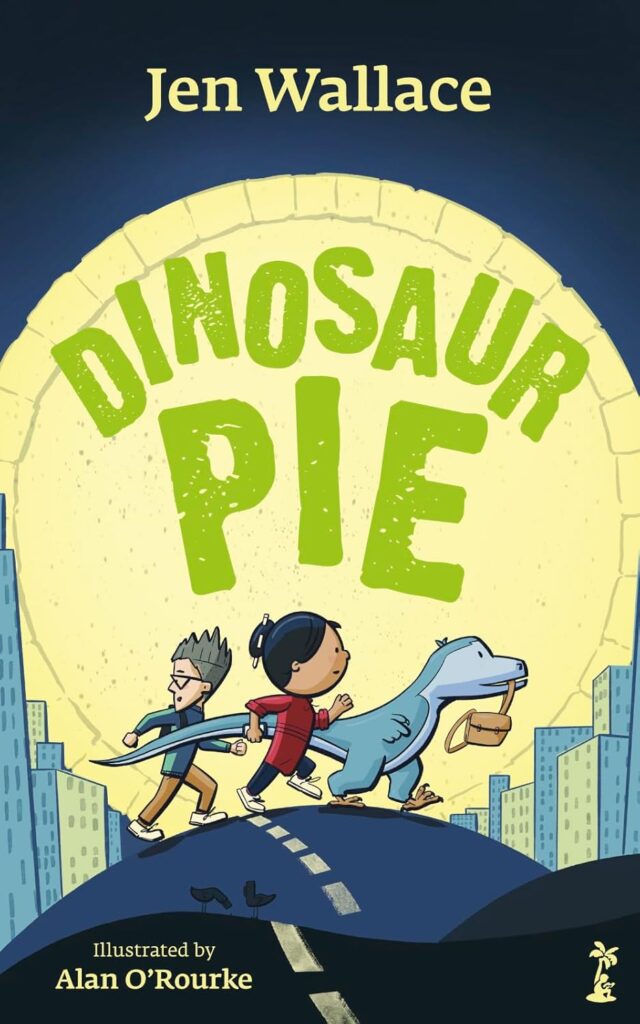
If you’re looking for a laugh-out-loud read with a lot of heart, Dinosaur Pie by Jen Wallace is a fantastic choice for children venturing into chapter books. This funny and imaginative story features dynamic black-and-white illustrations and a wonderfully unique storyline that will keep young readers gripped from beginning to end.
The story follows Rory, a lively boy with ADHD, whose world turns upside down after his mum picks up a new dinner from the supermarket; a mysterious dish called Dinosaur Pie. The next morning, Rory wakes up as a real dinosaur. Not in a costume. Not in a dream. An actual, roaring dinosaur. And things only get stranger from there.
Being a dinosaur isn’t all it’s cracked up to be. Rory can’t talk, can’t go to school, and has no interest in fruit. All he wants are sausages! His mum is beside herself, the doctor is baffled, and the supermarket refuses to take any responsibility. As Rory’s family scramble to figure out how to change him back, readers are taken on a hilarious and heartwarming journey full of chaos, confusion, and plenty of sausages.
With short chapters, lively illustrations, and an engaging mix of humour and emotion, Dinosaur Pie is perfect for newly confident readers or for sharing aloud. It’s a brilliant reminder that even the most unexpected situations can be handled with love, patience, and perhaps a few less experimental dinners. A truly dino-mite addition to any bookshelf!
And finally, for our older readers, I’ve chosen The Deadlands: Hunted by Skye Melki-Wegner
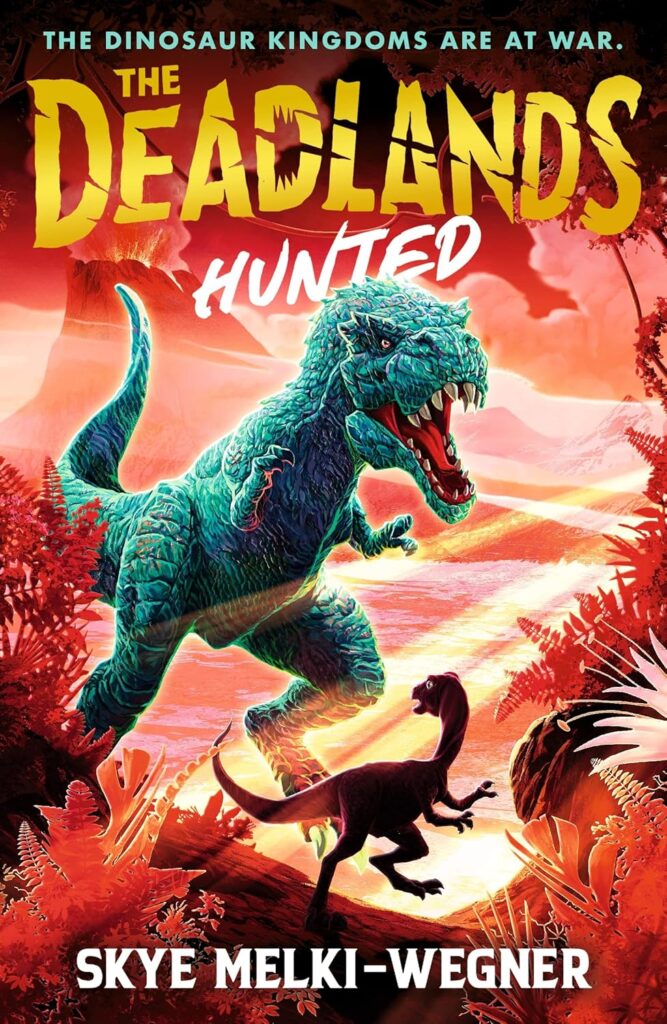
An imaginative and action-packed adventure set in a world where dinosaurs never went extinct, but instead evolved. These dinosaurs have formed societies, learned language, and even developed politics and warfare, making this a thrilling and unique read for confident young readers.
The story follows Eleri, a young oryctodromeus (a small burrowing dinosaur), who longs to become his herd’s storyteller. But when he makes the bold choice to save an enemy from danger, he is cast out into the unforgiving Deadlands, a dangerous wilderness where only the strongest survive. There, Eleri meets a diverse group of dinosaur exiles: a cheerful stegosaur, a quiet but strong sauropod, a grumpy triceratops, and a mysterious newcomer with secrets. Together, they must learn to trust one another as they face both external threats and the burdens of their pasts.
Blending fast-paced adventure with themes of courage, teamwork, and self-discovery, readers will enjoy the thrilling battles, witty dialogue, and the friendships that form between these unlikely heroes. The story subtly explores big ideas like prejudice, bravery, and loyalty, all while remaining accessible and exciting for a younger audience. Readers will also love the map and dinosaur facts, perfect for sparking interest in natural history and science.
The Deadlands: Hunted is a fantastic choice for fans of fantasy, dinosaurs, or stories about friendship and finding your place in the world. With vivid world-building and a cast of loveable dino-heroes, it’s sure to become a firm favourite, and what’s more, it the first of a trilogy so the adventures continue…
Happy reading!
